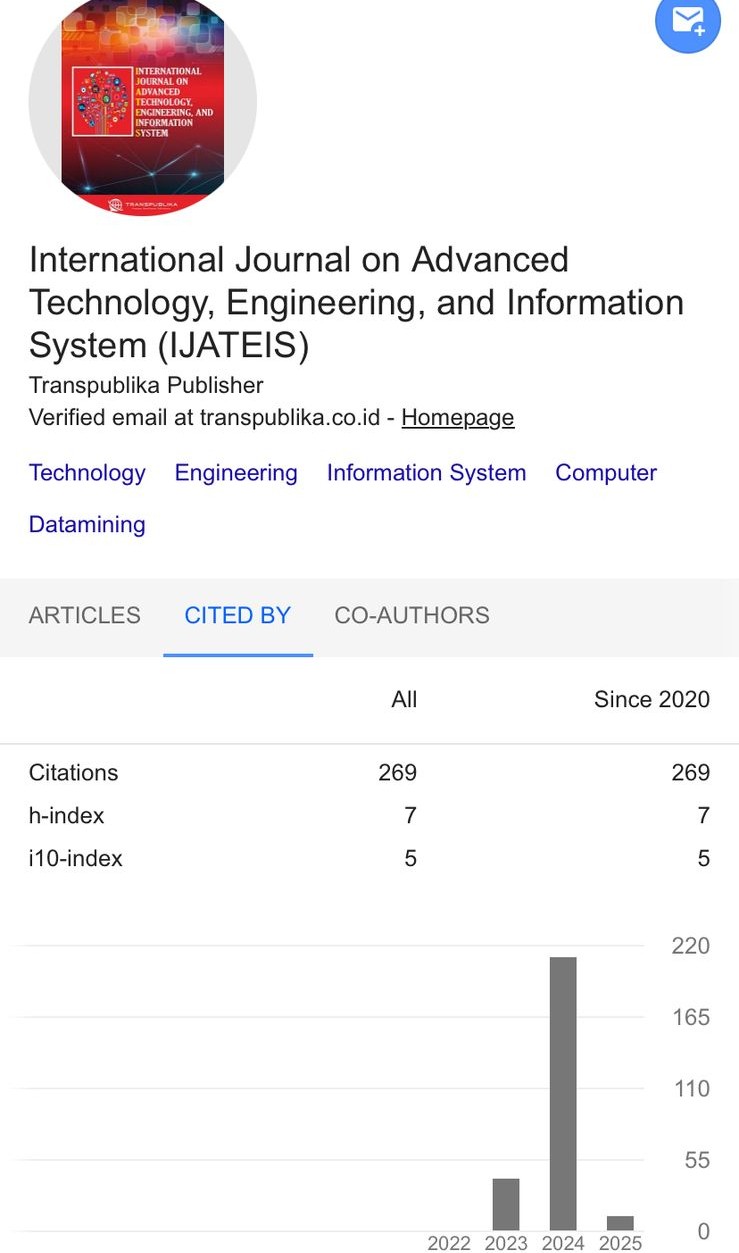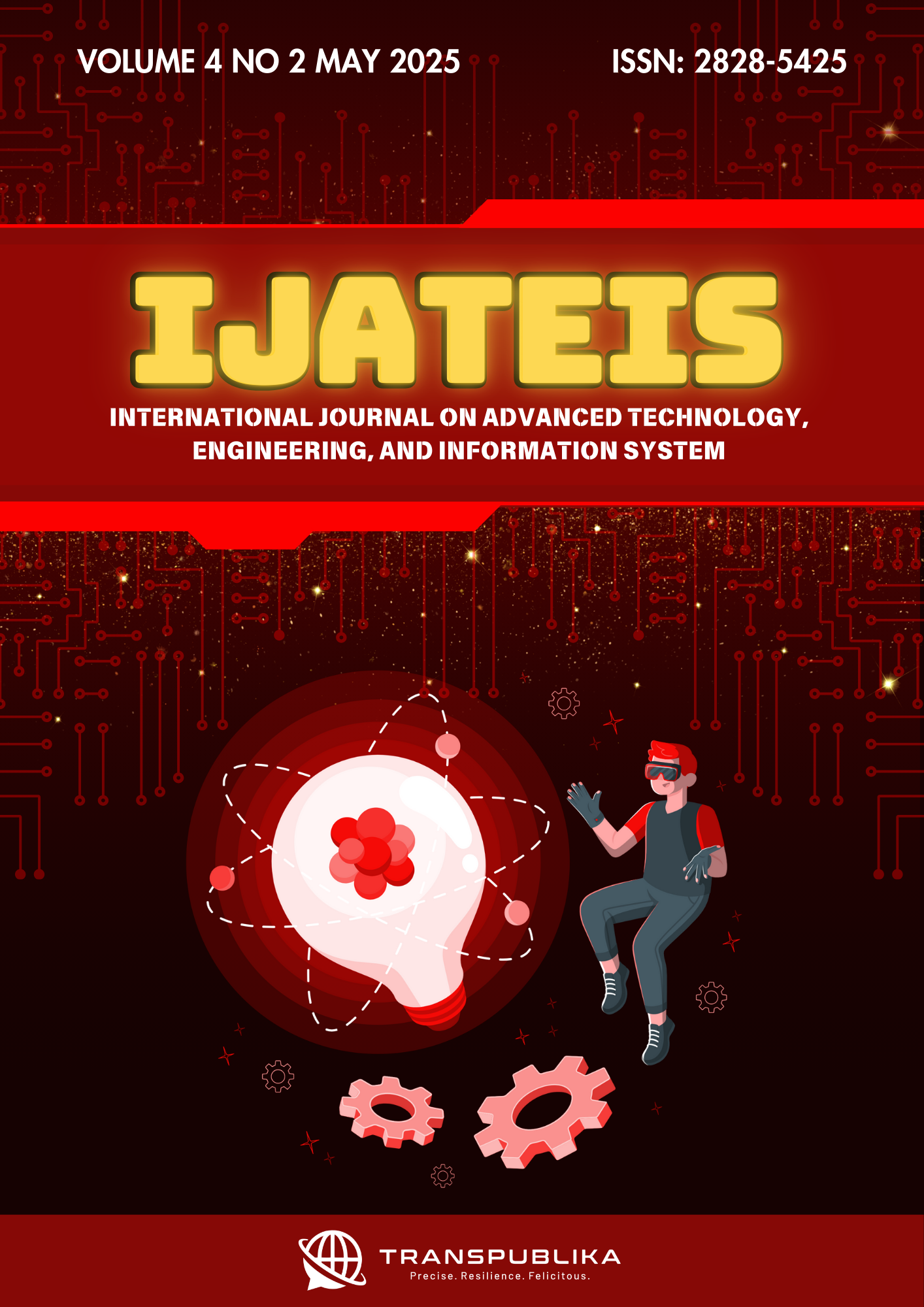Environmental Modification and Anthropogenic Impacts on Urban Environment
Main Article Content
Edewor Akpezi Okiemute*
The paper focuses on environmental modification resulting from urban hazardous ecological impact induced by humans who are the most potent and fundamental agents of environmental alteration, exponential population growth, industrialization, poor sanitary conditions and general environmental depletion activities, thereby contributing to the decline of environmental quality. Thus, advancing mitigation and adaptation strategies to ameliorate environmental degradation. To provide an in- depth analysis of the subject matter, literature was reviewed while situating the research on a conceptual framework based on environmental possibilism, determinism and carrying capacity. Human activities which are the major ecological transformation agent in the urban area, can also be measured in terms of the biologically productive natural resources (land, water, air soils and the biologically active sphere). The study therefore recommends that social impact assessment, as well as environmental impact assessment, must be carried out to regulate man’s activities to mitigate environmental decline. These measures will safeguard, protect and conserve the environment and improve its quality to forestall indiscriminate damage.
Bennett, D. E. (2013). Geography and the emergence of sustainability science: missed opportunities and enduring possibilities. THe Geographical Bulletin, 54.
Cohen, J. E. (1995). How many people can the earth support? The Sciences, 35(6), 18–23.
Danilov-Danil’yan, V. I., & Reyf, I. E. (2018). The biosphere and civilization: In the throes of a global crisis. In The Biosphere and Civilization: In the Throes of a Global Crisis. https://doi.org/10.1007/978-3-319-67193-2
Del Monte‐Luna, P., Brook, B. W., Zetina‐Rejón, M. J., & Cruz‐Escalona, V. H. (2004). The carrying capacity of ecosystems. Global Ecology and Biogeography, 13(6), 485–495.
Edewor, A. O. (2021). Perspectives On Environmental And Social Justice: The Sdgs In Focus Through A Geographer’s Lens. Environmental Review, 8(2).
Edewor, A. O. (2022). Environmental degradation and sustainability in Isoko north and south, Delta state, Nigeria: the deforestation factors. Innovations, 69. https://journal-innovations.com/assets/uploads/doc/98c02-265-274.23860.pdf
Edewor, A. O. (2024). Environmental Impacts Of Arable Crop Production:An Evaluation Of Nitrogen And Phosphorous Availability In Cultivated Farmlands Of Isoko Area Of Delta State. Contemporary Journal of Environmental Sciences (CJES).
Fekadu, K. (2014). The paradox in environmental determinism and possibilism: A literature review. Journal of Geography and Regional Planning, 7(7), 132–139.
Khairunnisa, S. A., Rukmi, W. I., & Kurniawan, E. B. (2022). Arrangement of Pedestrian Paths Based on Walkability Aspects in Jakarta Kota Tua Area. INTERNATIONAL JOURNAL ON ADVANCED TECHNOLOGY, ENGINEERING, AND INFORMATION SYSTEM (IJATEIS), 1(2). https://doi.org/10.55047/ijateis.v1i2.227
Lövei, G. L. (2013). Urban ecology. Patterns, processes and applications. Bulletin of Insectology, 66(2), 308.
MacEachern, D. (1990). Save Our Planet--750 Everyday Ways You Can Help Clean Up the Earth. ERIC.
Mosley, S. (2023). The environment in world history. Routledge.
Peet, R. (1985). The social origins of environmental determinism. Annals of the Association of American Geographers, 75(3), 309–333.
United Nations Department of Economic and Social Affairs Population Division. (2022). World Population Prospects 2022. United Nations. https://www.un.org/development/desa/pd/sites/www.un.org.development.desa.pd/files/wpp2022_summary_of_results.pdf
Zipperer, W. C., Northrop, R., & Andreu, M. (2020). Urban Development and Environmental Degradation. In Oxford Research Encyclopedia of Environmental Science. https://doi.org/10.1093/acrefore/9780199389414.013.97












